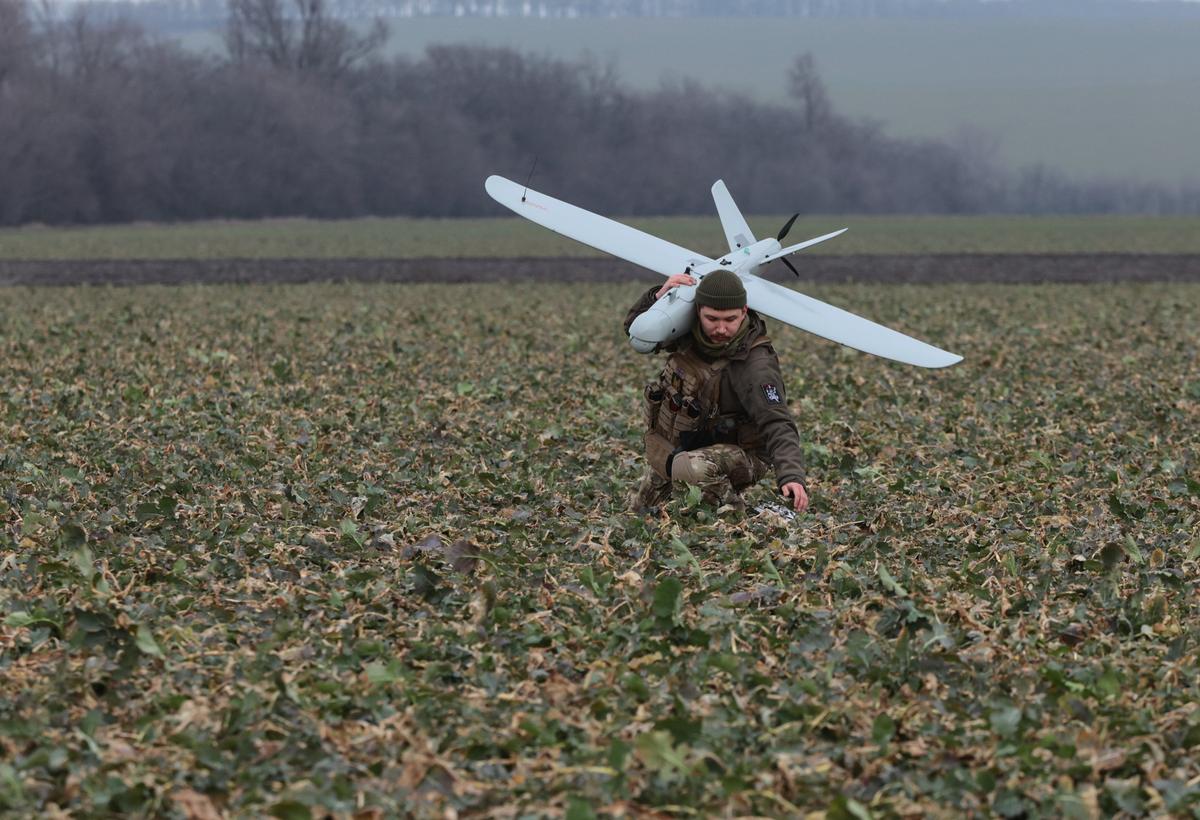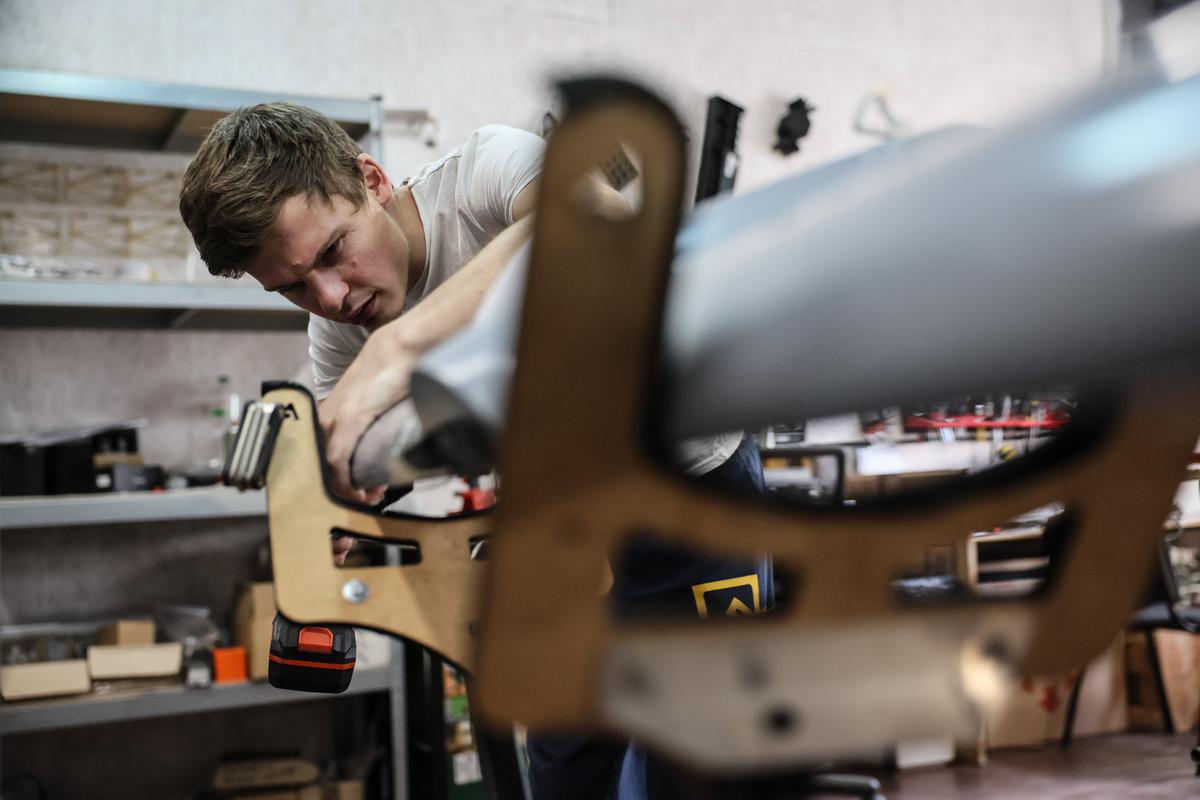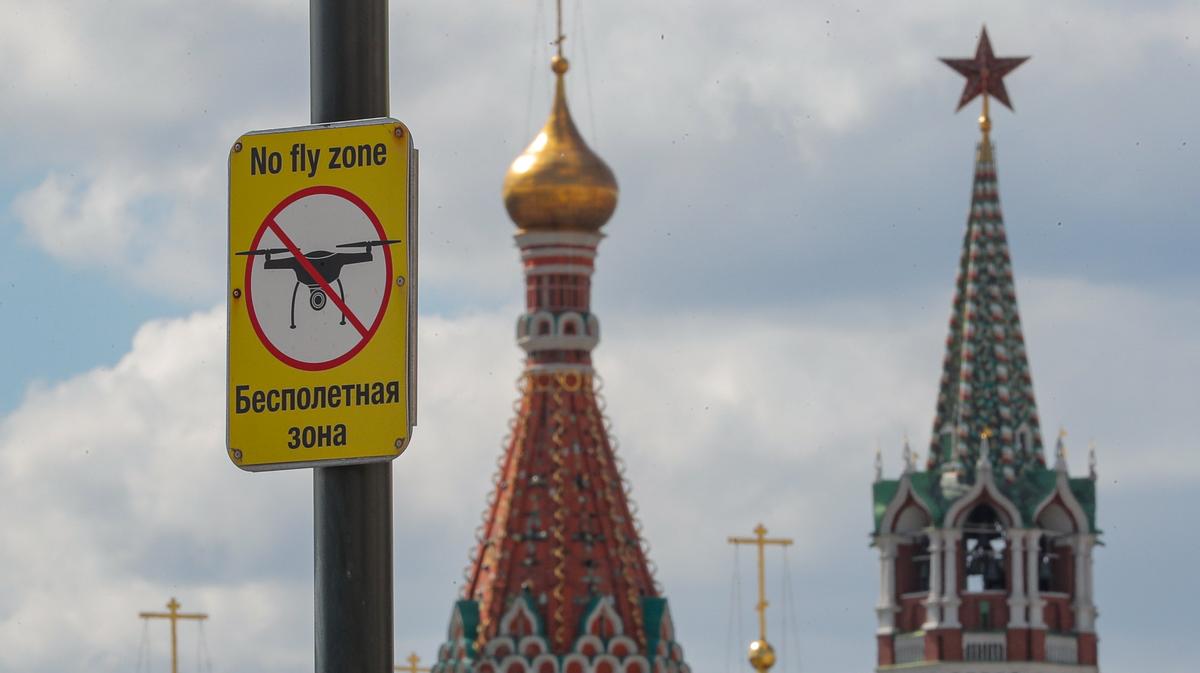Ukraine recently launched a long-range drone strike on a Russian ammunition depot in the Tver region of Russia, and followed up the strike with additional drone strikes near Tver and Krasnodar.

James Horncastle
Professor of international relations, Simon Fraser University, Canada
These strikes were notable for two reasons. First, the destruction may represent Ukraine’s most successful drone strikes in the current phase of the Russia-Ukraine war. Second, Toropets, where the first strike took place, is approximately 480 kilometres from the Russia-Ukraine border. The success of the attack has caused considerable elation among Ukraine’s supporters.
The drone strikes, however, will not fundamentally alter the current battlefield. But they are part of broader efforts by Ukraine to undermine Russia’s ability to wage war. These efforts are unlikely to bear fruit in 2024, but do improve Ukraine’s position for 2025 and potentially beyond.
Both Ukraine and Russia have sought rapid victories in the war. Russia, based on captured documents, believed that its invasion in 2022 would only take 10 days to result in total Ukrainian capitulation. Ukrainian resolve and the weaknesses of Russian armed forces, however, doomed this effort.
Ukraine and its supporters, likewise, placed too much hope in a decisive victory in the 2023 summer offensive. But their hopes were quashed by a Russian army that was not only superior to its 2022 iteration and fighting on the defensive, but also by structural weaknesses in the newly constituted Ukrainian units as well.
The reality of the Russia-Ukraine war is that rapid and decisive victories for either side are impractical. Instead, both Ukraine and Russia are undertaking efforts to win in 2025 and beyond.
Ukraine realised it was in an existential fight from the outset of Russia’s invasion in February 2022. Vladimir Putin’s focus on a rapid victory in Ukraine, however, meant Russia was unprepared for a protracted conflict.
Russia, however, adapted to the prolonged war, using the mercenary Wagner Group to stabilise its position in Ukraine. Russia’s efforts to find soldiers for the war effort included giving the Wagner Group the green light to recruit from Russian prisons.

A Ukrainian serviceman carries a multi-purpose drone through a field near the frontline in southeastern Ukraine’s Zaporizhzhia region, 15 February 2024. Photo: EPA-EFE / KATERYNA KLOCHKO
These efforts, however, were more akin to patching holes in the Russian war effort than addressing its underlying issues. In September 2022, Putin announced a partial mobilisation of Russian reservists, totalling 300,000 additional soldiers.
This mobilisation and subsequent recruitment efforts gave Russia the personnel advantages it had at the beginning of the conflict. The reinforcements have allowed Russia to resume grinding offensive operations in the Donbas region of eastern Ukraine. Notably, Russian forces are now nearing the strategic city of Pokrovsk.
Economic sanctions have affected Russia’s ability to produce high-end weapons. Nevertheless, it’s still able to acquire arms at scale from its domestic arms industry as well as from countries like Iran and North Korea. Combined with Russia’s diplomatic offensive in Africa, Putin is not as isolated as western countries commonly believe.
The Russia-Ukraine conflict is a war of attrition, and most analyses have assumed that type of war plays to Russia’s advantage, given its material superiority. A factor neglected by many analysts in wars of attrition, however, is the importance of morale.
The Ukrainian government and armed forces have not neglected this crucial point. The recent and ongoing drone strikes help to boost declining Ukrainian morale as the war takes its toll and as hopes of a rapid conclusion have faded, both among Ukrainians themselves and their allies.
Ukrainian efforts over the summer should be viewed through this morale lens. When doing so, it also becomes evident that Ukraine is fighting the long war versus seeking decisive victories.
None of Ukraine’s major efforts over the summer, when viewed in isolation, have a serious chance of changing the war in a significant manner. The Ukrainian army’s occupation of parts of the Kursk region this summer brought the conflict to Russian territory. The amount of territory taken by Ukraine, however, is negligible.

A Ukrainian engineer works on a Airlogix drone in Kyiv, Ukraine, 19 September 2023. Photo: EPA-EFE / OLEG PETRASYUK
Each operation improves Ukraine’s ability to fight a protracted war, however, while simultaneously undermining Russia’s material and moral resources. They also boost the country’s morale while humiliating Putin at the same time.
Russia staked considerable political capital and material benefits in acquiring support in Africa through the Wagner Group. Ukrainian special operation forces efforts in Africa against the Wagner Group undermine Russia’s ability to acquire diplomatic support and other resources.
Ukraine’s drone strikes will not alter Russian military supplies in a permanent way. But the strikes, using domestically produced drones, create pressure on Ukraine’s allies to allow western weapons to be used with potentially greater effect.
The daily news cycle focuses on the importance of individual acts. In assessing how the conflict is developing, however, it’s important to understand how these acts, ranging from drone strikes to ground offensives, are connected to an overall strategy. Each is designed to improve Ukraine’s position while undermining Russia’s during a protracted war.
This article was first published by The Conversation. Views expressed in opinion pieces do not necessarily reflect the position of Novaya Gazeta Europe.
Join us in rebuilding Novaya Gazeta Europe
The Russian government has banned independent media. We were forced to leave our country in order to keep doing our job, telling our readers about what is going on Russia, Ukraine and Europe.
We will continue fighting against warfare and dictatorship. We believe that freedom of speech is the most efficient antidote against tyranny. Support us financially to help us fight for peace and freedom.
By clicking the Support button, you agree to the processing of your personal data.
To cancel a regular donation, please write to [email protected]

